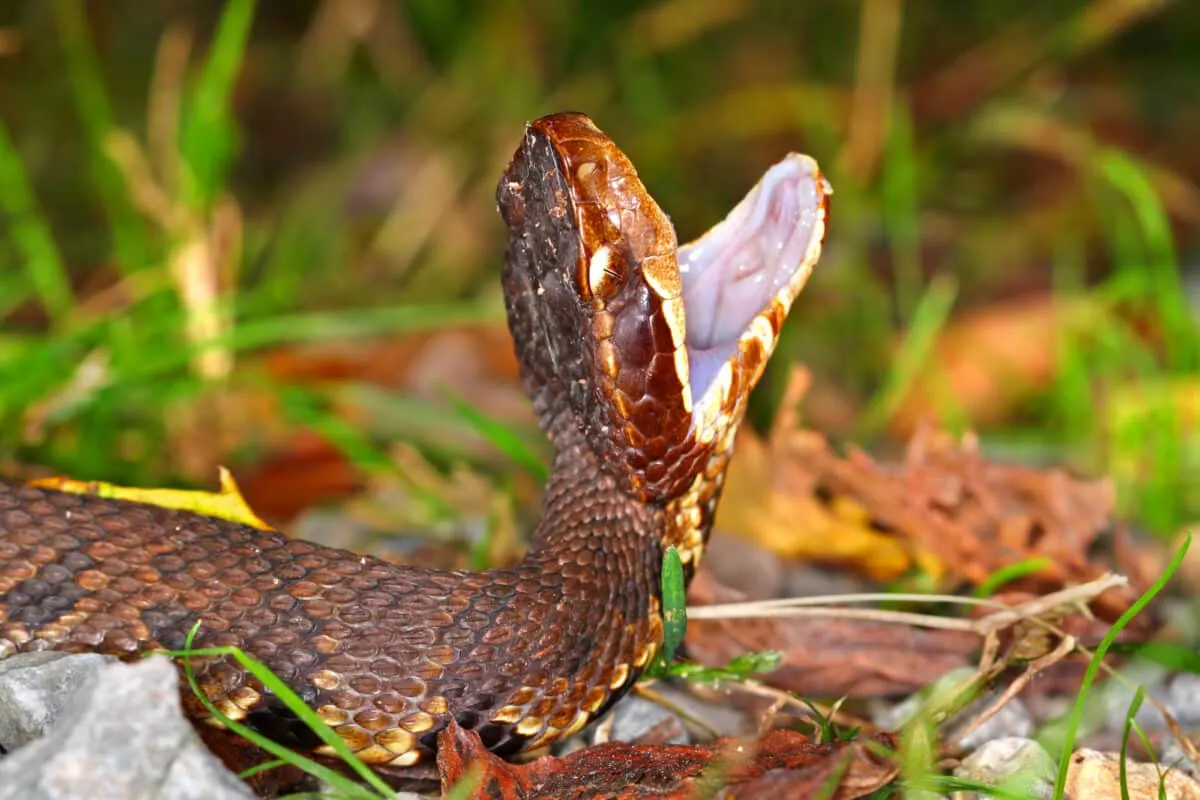The wetlands of the southeastern United States are home to a unique array of wildlife, among which the venomous water moccasin, also known as the cottonmouth, holds a special place. This fascinating yet formidable reptile captivates interest due to its potent venom and significant ecological role. While providing critical insights into this creature’s natural history, this article delves into its characteristics, behaviors, and interactions with its environment, offering a comprehensive overview of the water moccasin while highlighting its potential threat within these lush ecosystems.
Appearance and Identification
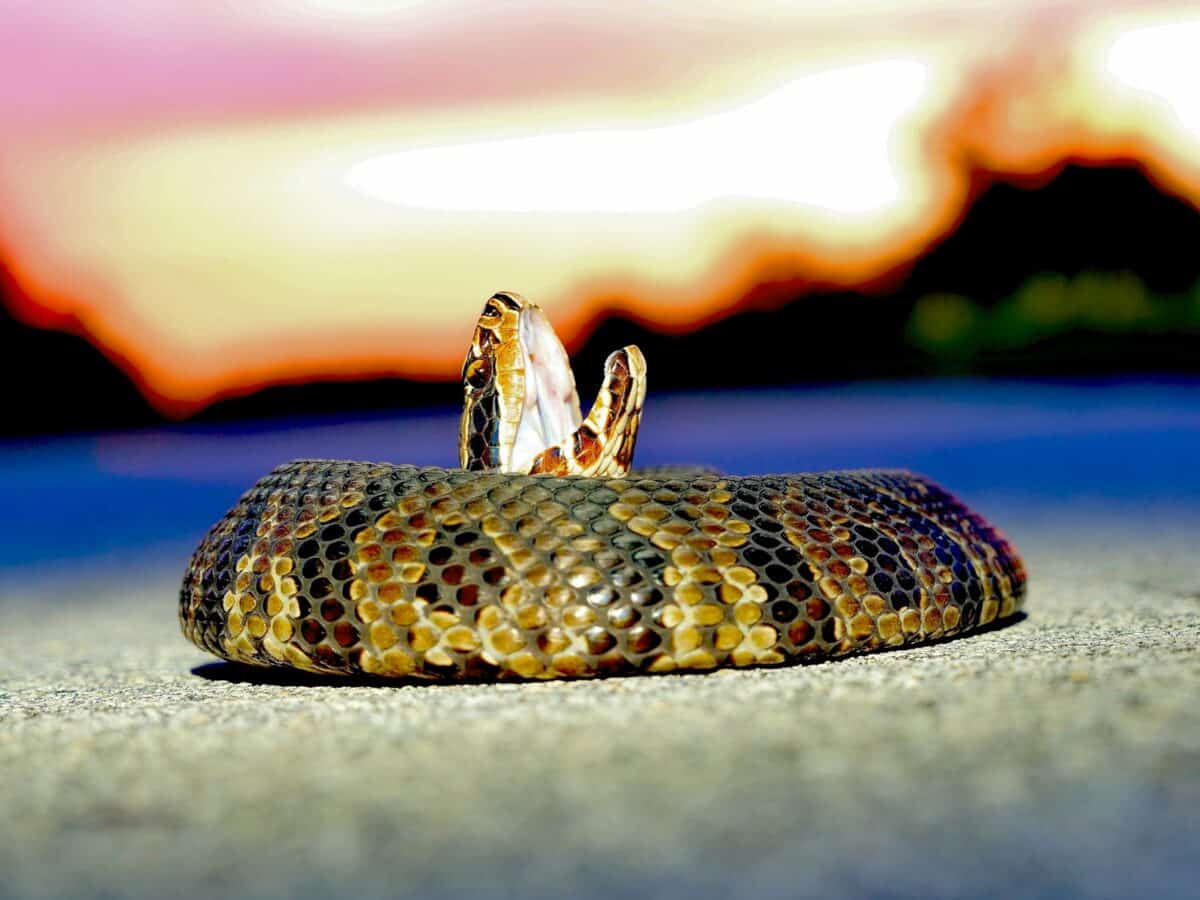
The water moccasin, Agkistrodon piscivorus, can be identified by its stocky build and distinctly patterned dark bands stretching across its olive, brown, or black body. Adults generally measure between two and four feet in length, though some have been known to grow larger. Their broad, triangular heads and cat-like vertical pupils are key identifiers, distinguishing them from non-venomous water snakes, which sport round pupils and less angular heads.
Distinctive Cottonmouth Behavior

One of the most notable behaviors that gives the water moccasin its alternative name, “cottonmouth,” is its defensive display. When threatened, this snake will often coil back, open its mouth wide, revealing the stark white interior reminiscent of cotton, as a warning. This act serves as a deterrent to potential predators and intruders.
Habitat Preferences
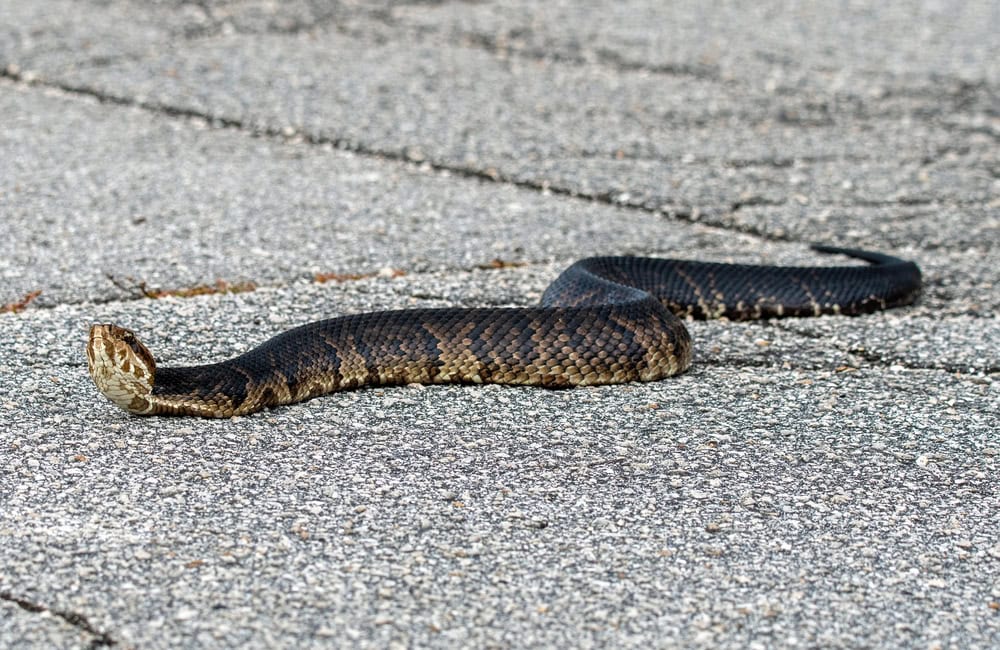
Water moccasins thrive in aquatic environments such as swamps, marshes, and drainage ditches, predominantly found in the southeastern region stretching from the eastern coastal lines to Texas. Their ability to adapt to both freshwater environments and brackish waters near coastal areas allows them a wide range of habitats.
Diet and Hunting Techniques
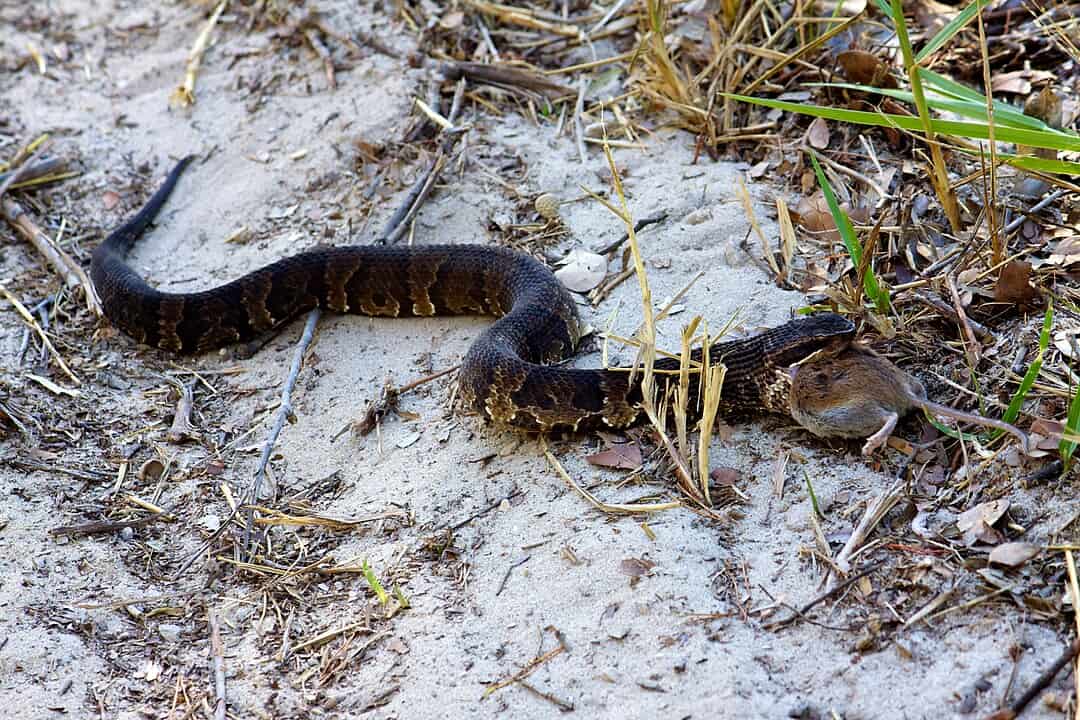
As semi-aquatic predators, water moccasins have a varied diet that includes fish, amphibians, small mammals, birds, and even other reptiles. They employ both ambush and active hunting techniques, making use of their keen sensory skills to detect vibrations and chemical cues in the water, facilitating effective predation day and night.
Reproduction and Lifecycle
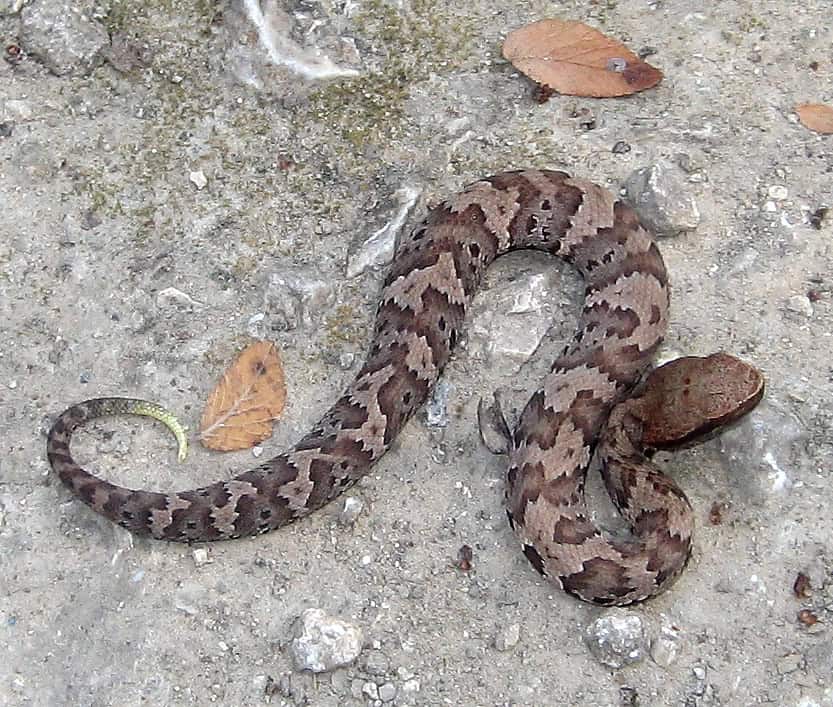
Water moccasins are ovoviviparous, meaning they give birth to live young after eggs incubate within the female’s body. Breeding in spring, females give birth to about six to eight young in late summer. Juveniles sport a more vibrant coloration and possess a yellow-tipped tail which they use as a lure to attract prey.
Venom Potency and Human Interaction
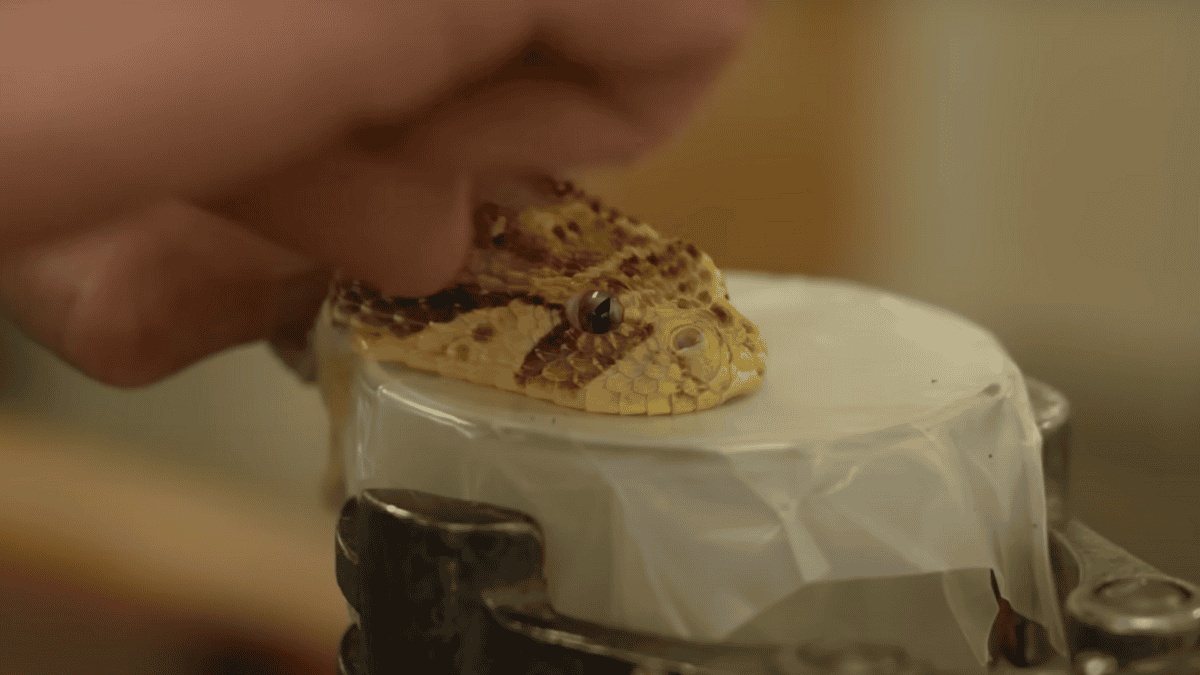
The venom of a water moccasin is hemotoxic, attacking blood cells and tissue, which can result in severe pain, swelling, and tissue damage. While typically not aggressive unless provoked, encounters with humans can occur, warranting caution and quick medical response if bitten to mitigate health risks.
Ecological Role in Wetlands

Ecologically, water moccasins play a vital role in controlling the population of their prey and maintaining the balance within aquatic ecosystems. By keeping populations of fish and amphibians in check, they contribute to the health and stability of their habitats.
Conservation and Human Impact

Despite their formidable reputation, water moccasins face threats from habitat destruction, pollution, and human encroachment. Conservation efforts are essential to preserve wetland ecosystems and the diverse species within them, including the water moccasin. Understanding and mitigating human impact are crucial for these efforts.
Myths and Misconceptions
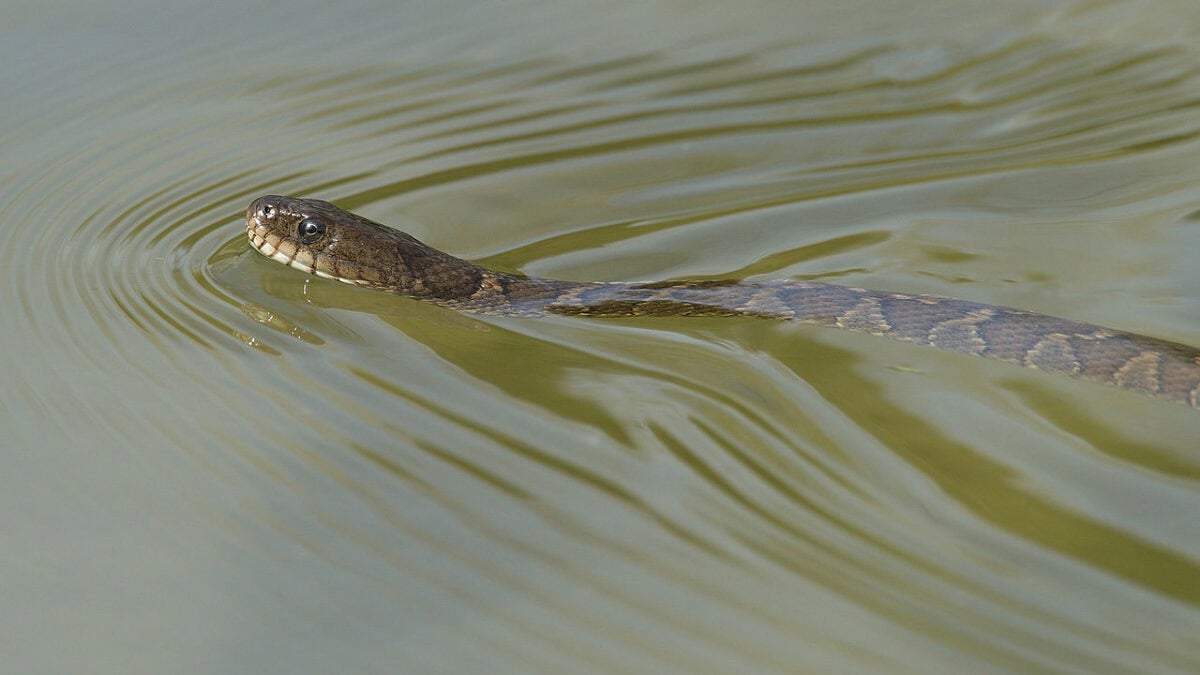
Water moccasins are often misunderstood as aggressive creatures eager to attack humans. In reality, they are shy and generally prefer retreat over confrontation. Efforts to educate the public about these creatures’ behavior can help reduce unnecessary fear and promote coexistence.
Prevention and Safety Measures
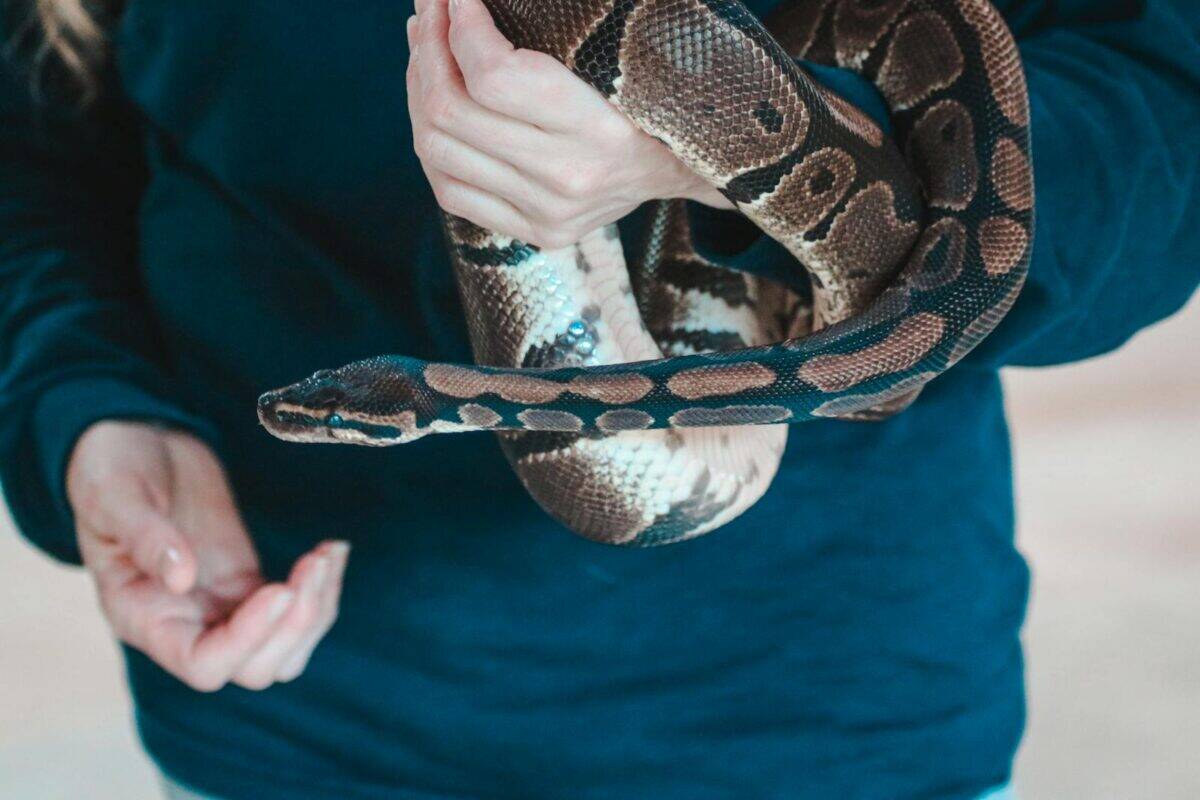
When exploring wetlands, awareness and prevention are key. Sticking to marked paths, wearing protective clothing, and maintaining a safe distance from water moccasins can significantly reduce the risk of encounters. Education on local wildlife, including recognizing behavior and habitat, can further ensure safety.
Research and Observation

Scientific studies have provided valuable insights into the behavior, venom composition, and ecological impact of water moccasins. Continued research and observation are vital for understanding these snakes and their role in the environment, aiding in conservation efforts and public awareness.
The water moccasin is an integral inhabitant of the southeastern wetlands, notable for its ecology, behavior, and interaction with humans. While they pose a threat due to their venom, understanding and respecting their habitat and habits can foster safer coexistence. As a vital component of wetland health, the water moccasin’s role demands appreciation and conservation efforts to maintain biodiversity in these crucial ecosystems.
- The Coldest Town in America—And How People Survive There - August 9, 2025
- How Some Birds “Steal” Parenting Duties From Others - August 9, 2025
- 12 Deep-Sea Creatures You Won’t Believe Exist - August 9, 2025

